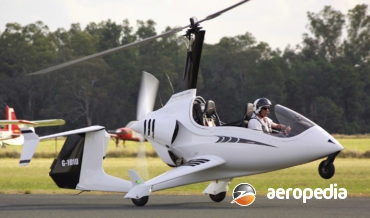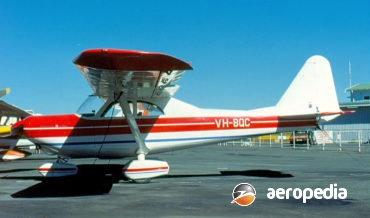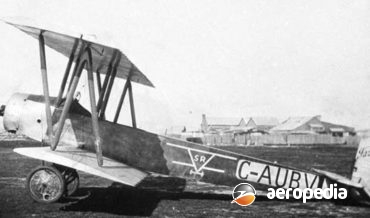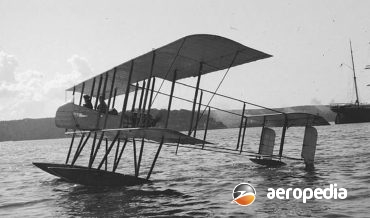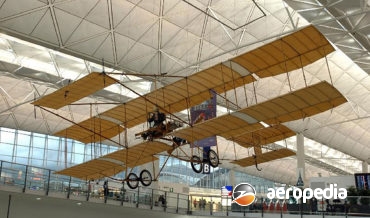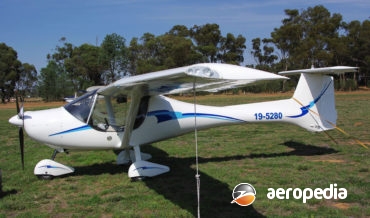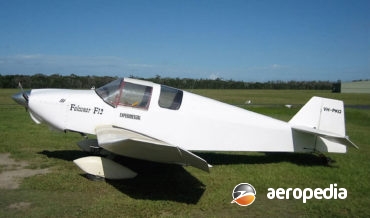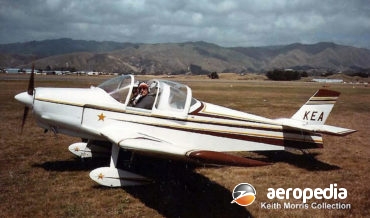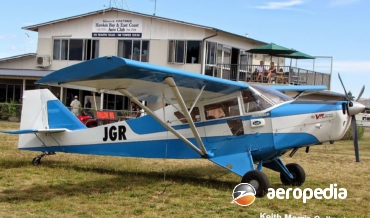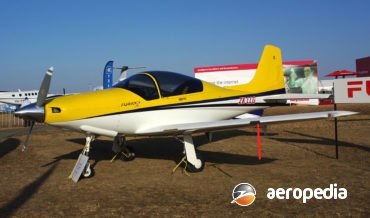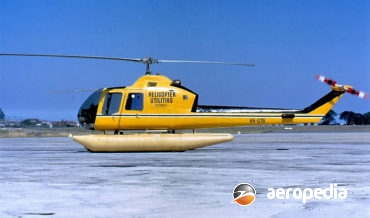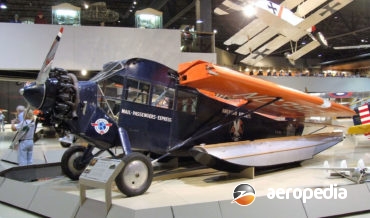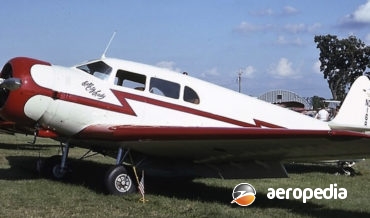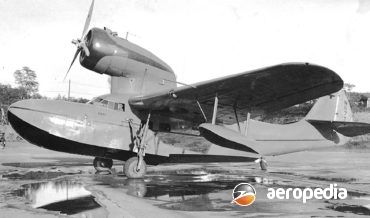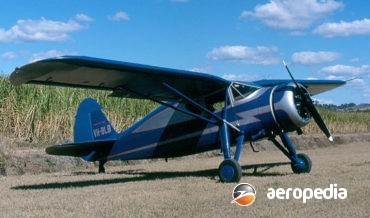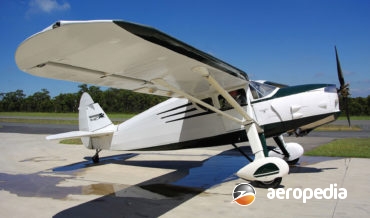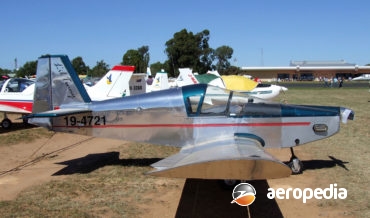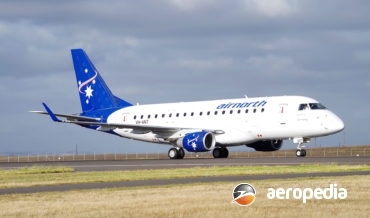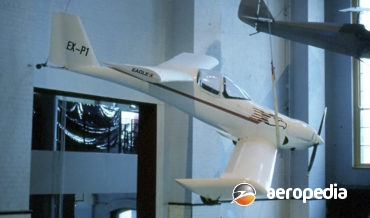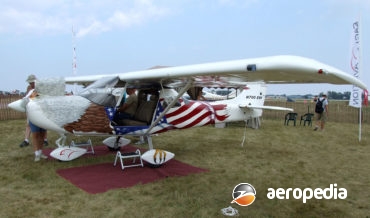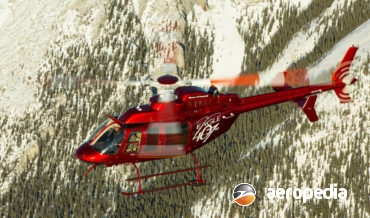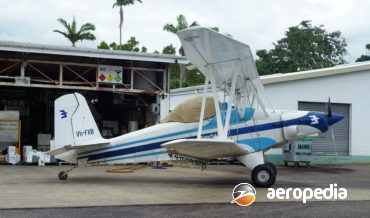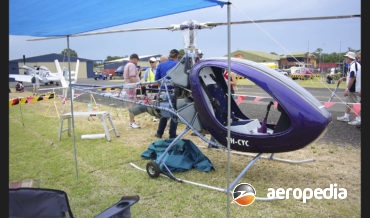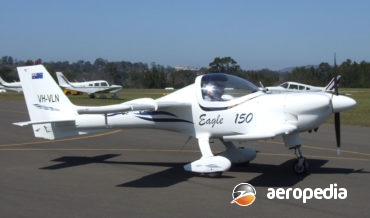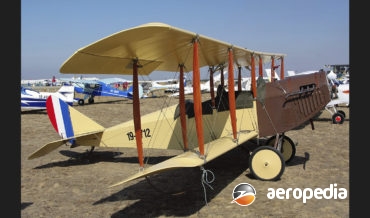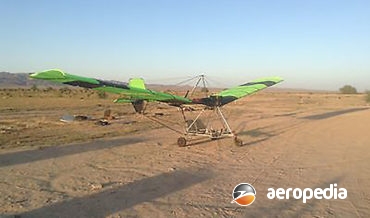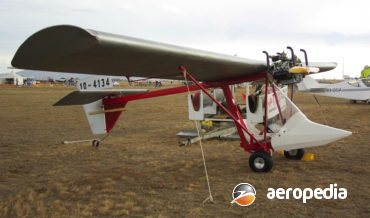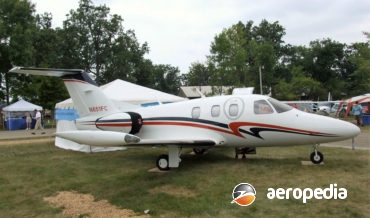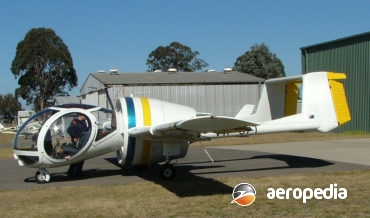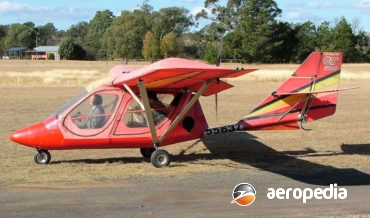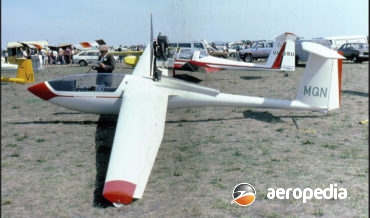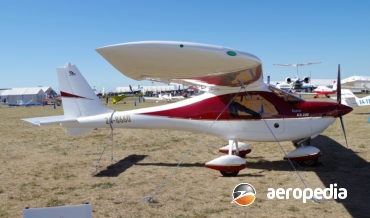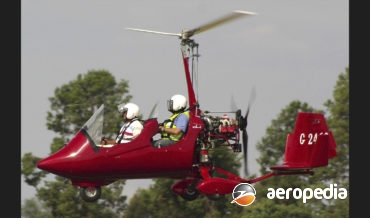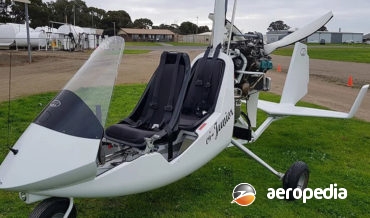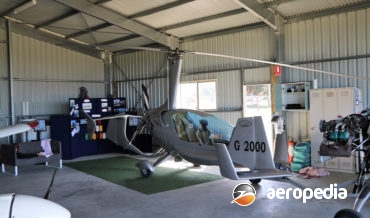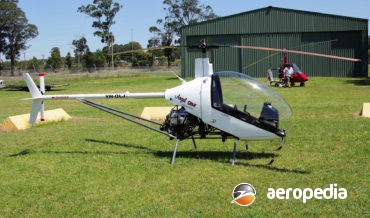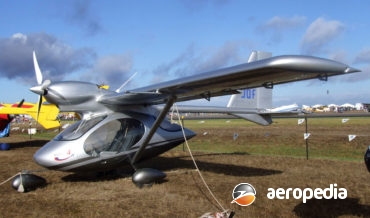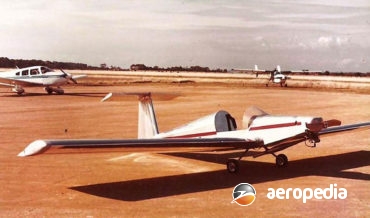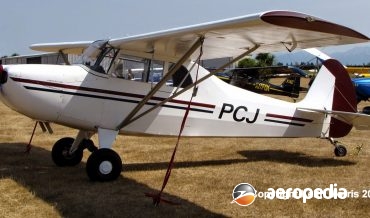All Contents
Contents
The ArrowCopter is a two-seat high performance gyrocopter produced in Austria to United Kingdom construction standard Section T CAP 643 which permits its construction up to a MTOW of 600 kg (1,322 lb), and in the ultralight class in Germany and other countries, up to a max of 450 kg
David C. Eyre
- May 8, 2019
The Fawcett 120 was a high-wing, all-metal monoplane designed by Luigi Pellarini in 1953 and built by Fawcett Aviation Pty Ltd of Bankstown, NSW
David C. Eyre
- May 8, 2019
The PAC 750 XLA is a development of the XL series for agricultural work, the initials XLA standing for Xtreme lift Advantage
David C. Eyre
- May 8, 2019
The Farman David was a light sporting biplane introduced to the aviation world via the 1919 Paris Salon
David C. Eyre
- May 8, 2019
A Farman Shorthorn was imported in 1914 by well known Sydney businessman, Lebbeus Hordern and part of the Anthony Horderns empire which operated the large Anthony Horderns store in the city of Sydney
David C. Eyre
- May 8, 2019
The Farman III, which has also been referred to as the Henri Farman 1909 or 1910 Biplane in order to distinguish it from aircraft built by his brother Maurice, was one of a series of aircraft designed and developed by Henri Farman in France from 1909, the design being copied
David C. Eyre
- May 8, 2019
The Allegro is one of a series of ultra-light aircraft built at Pisek in the Czech Republic by Fantasy Air Ltd
David C. Eyre
- May 8, 2019
The F-12 series was developed from the F-11 series which in turn was developed from the Jodel D-11The F-12 had an enlarged cockpit, simplified fittings and aerodynamic improvements which improve the aircraft’s stall characteristics
David C. Eyre
- May 8, 2019
The F-11, known as the ‘sporty’, was designed by Christopher Falconar in Canada for amateur builders and is built by Falconar Avia at Edmonton in Alberta and supplied in kit form or as plans
David C. Eyre
- May 8, 2019
The Maranda is one of a series of homebuilt designs produced by Falconar Avia Ltd of Edmonton, Alberta, the company’s designs including modern versions of the Mignet Flying Flee, variants developed from and similar to the Jodel D-11 series, and a scale P-51 Mustang
David C. Eyre
- May 8, 2019
The Furio is a two-seat light aircraft designed and developed by Giovani and Lapo Nustrini, Lapo Ancillotti, and Kevin Grant in Auckland, NZ, design of the aircraft commencing in about 2004, construction of the prototype beginning in early 2006
David C. Eyre
- May 8, 2019
The FH-1100 was the first American, light, turbine powered helicopter to be offered on the commercial market
David C. Eyre
- May 8, 2019
In the 1920s Sherman Fairchild was involved in the business of aerial photography and survey work, and found the aircraft available at the time not meeting his requirements
David C. Eyre
- May 8, 2019
The Model 45 produced by the Fairchild Corporation was known, when first introduced, as The Sedan of the Air and was aimed at meeting a market for a high-speed transport with good capacity, comfort and convenience normally associated with an expensive automobile
David C. Eyre
- May 8, 2019
The Fairchild 91 was a single-engined amphibian accommodating a crew of two and eight passengers in two cabins built from 1936 by the Fairchild Engine & Airplane Corp of Hagerstown, Maryland
David C. Eyre
- May 8, 2019
The Fairchild 24 series of aircraft was introduced in 1931 The prototype, a two-seater, known as the KR Fairchild 24, had been flown early that year, and the first production model, the F24-C8 received its type approval in June 1932
David C. Eyre
- May 8, 2019
As noted with the Fairchild 24W, the Model 24 series of three / four seat cabin monoplanes was introduced to the American market in 1931 by Fairchild Airplane & Engine Corp of Hagerstown, Maryland and became popular over the years, with some 17 different models being produced
David C. Eyre
- May 8, 2019
The Li’l tinny is a single-seat all-metal scratch-built aircraft designed and flown by Mr Richard Faint It has a tricycle undercarriage and no kit or plans were available to the owner It uses a NACA 4415 wing section and has an aspect ratio of 61
David C. Eyre
- May 8, 2019
The Models 170, 175, 190 and 195 are members of a family of turbofan-powered passenger aircraft produced by Embraer in Brazil and which were developed following the success of the EMB-145 series, with more than 900 examples of the latter delivered.
David C. Eyre
- May 8, 2019
Designed and developed by Composite Industries Ltd in Western Australia, the Eagle EX-P1 is considered to be the first designed and built all-composite aircraft completed in Australia.
David C. Eyre
- May 8, 2019
The prototype of the EA-100 was flown in 2007 and was fitted with a 75-kw (100-hp) Rotax engine but, following the placement of the type in production a number of engines became available to meet customer requirements, these including the Subaru 115FL, Rotax 912 ULS, Rotax 914 turbo and the
David C. Eyre
- May 8, 2019
The Eagle 407HP is a development of the Bell 407 series of helicopters aimed at a market for a version of the 407 with more power.
David C. Eyre
- May 8, 2019
Built by Eagle Aircraft in the United States, and designed by Dean Wilson in the 1970s, the prototype of the DW-1 agricultural biplane was flown for the first time at Boise in Idaho in 1977.
David C. Eyre
- May 8, 2019
The Helicycle was designed as a light single-seat sporting helicopter by Eagle Research and Development of Caldwell, Idaho, and has received much development since it was designed by B J Schramm in the 1960s.
David C. Eyre
- May 8, 2019
The Eagle X was announced in 1986 by Composite Industries Ltd, the WA group which was instrumental in getting the concept into development.
David C. Eyre
- May 8, 2019
The Jenny is a two-thirds scale replica of the Curtiss JN-4D Jenny training aircraft which in its ultralight form can be used an ultralight trainer as well as a sporting aircraft.
David C. Eyre
- May 8, 2019
In the United States in 1981 the Eastern Ultralights company commenced designing and building ultralight aircraft for the world market, the aircraft being designed by Robert Able and produced in some numbers for the amateur construction market.
David C. Eyre
- May 8, 2019
The Eastwood Tyro Mk II is a three-axis control rugged ultra-light aircraft designed and built by Geoffrey Eastwood for operations under the Australian ANO 95-10 regulations.
David C. Eyre
- May 8, 2019
The Eclipse 500 was one of the first of what has become known as the Very Light Jet (VLA) and incorporates technologically advanced systems which include electronic circuit breakers, enhanced avionics functionality, dual-channel FADEC and auto-throttle.
David C. Eyre
- May 8, 2019
Designed by John Edgley in 1974, and built by Edgley Aircraft Ltd. in the United Kingdom, the Optica was a three-seat light touring aircraft, construction of the prototype beginning in 1976 after extensive work in a wind tunnel.
David C. Eyre
- May 8, 2019
Produced by Quicksilver Enterprises Inc of Temecula, California, the series commenced as an ultra-light aircraft, a powered variant of the Quicksilver hang-glider.
David C. Eyre
- May 8, 2019
Designed and built in Finland, the Pik-20 series of gliders emanated from a design by the University of Technology in Helsinki, design work commencing in 1971 and the first of two prototypes flew for the first time on 10 October 1973.
David C. Eyre
- May 8, 2019
The Topaz is one of a series of light aircraft developed in Poland for the light aircraft market, the Topaz being a development of the JK-05L Junior.
David C. Eyre
- May 8, 2019
ELA Aviacion in Spain commenced production of gyrocopters for the civil market in 1996 and by 2006 had becoming the largest ultralight manufacturer, and the only Spanish company to construction autogyros.
David C. Eyre
- May 8, 2019
The ELA-09 Junior is one of arrange of gyroplanes designed and built in Spain for the gyrocopter market and has become popular around the world, having a wide speed range of 35-km/h (22 mph) to 120 km/h (74 mph) and a max speed of 150 km/h (93 mph).
David C. Eyre
- May 8, 2019
The ELA-10 Eclipse is one of a range of high-performance gyrocopters produced by ELA Aviacion of Cordoba in Spain and models include the ELA-7, ELA-8, ELA-9 Junior, and the top of the range Eclipse.
David C. Eyre
- May 8, 2019
The CH-7 Angel was designed by Augusto Cicare in Argentina as a single-seat light cheap sporting helicopter powered by a 600-cc two-cycle two-cylinder dual-ignition liquid cooled engine. Aimed at a market for transport, tourism and agricultural use, the structure is of steel trestle weld and aluminium tubes bolted together,
David C. Eyre
- May 8, 2019
Elitar was formed in 1997 and commenced marketing a number of designs, including the IE-101, the IE 201 Senator, the IE 202 and the Sigma 4.
David C. Eyre
- May 8, 2019
The Macro was a single-seat open-cockpit all-metal low wing monoplane designed by Alan Clarke and marketed by Elite Aircraft of Mulgrave, VIC in the 1980s.
David C. Eyre
- May 8, 2019
Designed by Ronald Mason in Canada, the Christavia is produced in a number of models as a homebuilt aircraft and plans are available from the designer. Designed for work by missionaries in Africa, the name of the aircraft means Christ-in-Aviation.
David C. Eyre
- May 8, 2019
Recent Comments
Archives
Categories
- No categories
Categories
- No categories
Latest Posts
Newsletter

